It’s amazing how a single piece of art can have a ripple effect, inspiring others all around the world and for many generations. Hokusai’s iconic blockprint The Great Wave is one of the best recognized works of Japanese art in the world.
Here are some of the spin offs from Hokusai’s The Great Wave …
Counchabunga by John Cedarquist based on The Great Wave by Hokusai. Renowned sculptor and studio-furniture maker John Cedarquist is also an avid surfer. “This bench is tribute to The Great Wave with two large characters that represent the words “wave” and “hollow”, a reference to the breaking wave’s powerful spiral shape.” from the plate at Hokusai exhibit at Boston Museum of Fine Art.
While sometimes assumed to be a tsunami, the wave is, as the picture’s title [The Great Wave] suggests, more likely to be a large rogue wave or okinami (“wave of the open sea”).
Still, most who view The Great Wave think of tsunamis so today’s Art Meets Science And Children’s Books will revolve around the tsunami.
Tsunami is Japanese for “harbor wave” and Japan may have the longest recorded history of tsunamis.
Books for Kids on Hokusai’s The Great Wave
The Great Wave: A Children’s Book Inspired by Hokusai by Véronique Massenot and Bruno Pilorget
Massenot combines a riff off the Inch High Samurai Japanese folk tale with the festival of Koi’Nobori carp streamers in this imagined story inspired by Hokusai’s The Great Wave. Japanese fishermen must set out during the dangerous winter season in search of food from fishing. Encountering a wave of enormous proportions, the fisherman fears for their lives but when the wave breaks, Taro finds an infant boy nestled in his arms.
He and his wife Aki have wished for children for so long that this seems like a gift from the gods. Their young son, Naoki, turns out to be different than the other children, barely growing. He wonders where he is from and why he is different. One day, a beautiful fish calls to him and brings him deep into the ocean, into a whirlpool. Frightened, Naoki asks to be returned to his family. The carp turns into a dragon and brings him home where he celebrates by flying a carp streamer (Koi Nobori) for Kodomo no Hi, a children’s festival.
Children’s Day, Kodomo no Hi, is celebrated on May 5th in Japan, the last day of Golden Week, a national holiday for workers that lasts for one week. Carp streamers called Koi Nobori made of cloth or paper are hung in celebration of Kodomo no Hi. The holiday used to be Boy’s Day and boys were associated with carp but is now for both boys and girls.
The Big Wave by Pearl S. Buck
Pearl S. Buck won the Child Study Association’s Children’s Book Award for The Big Wave. She also won a Pulitzer Prize for her novel The Good Earth and received the 1938 Nobel Prize for literature. This very short chapter reads like a parable and is the perfect vehicle for kids trying to understand the devastation caused by a natural disaster like a tsunami.
In this story, Kino lives with his family up the mountains near an active volcano with his family on their small farm. His friend, Jiya, lives below in fishing village. The fishing village houses line one small street and the houses facing the ocean are windowless so as not to view the sea. In every generation as far as their village can remember, there has been a devastating tsunami.
“Do you mean the ocean and the volcano cannot hurt us if we are not afraid?” Kino asked?
“No,” his father replied. “I did not say that. Ocean is there and volcano is there. It is true that on any day ocean may rise into storm and volcano may burst into flame. We must accept this face, but without fear. We must say, ‘Someday I shall die, and does it matter whether it is by ocean or volcano, or whether I grow old and weak?”
…
“To live in te midst of danger is to know how good life is” his father replied. …”We love life because we live in danger. We do no fear death because we understand that life and death and necessary to each other.” [very short chapter book of just 55 pages, ages 8 and up]
Floating World: Japanese Prints Coloring Book
This is an interesting hybrid of artist biography, art book AND coloring book! Beautiful Japanese prints — the floating world of Geisha, Kabuki actors, cherry blossoms and the majestic Mt. Fuji — inspire the user to color in their own creation. Color your Japanese print masterpiece while clearing your mind. It’s a little piece of zen. [art history and coloring book, ages 12 and up]
The Science of Tsunami
Let’s connect art and science with Hokusai’s The Great Wave. Tsunamis are not caused by tides though sometimes tsunamis are called tidal waves. This video explains how tsunamis happen; most frequently by earthquakes but also by landslides that pour into the ocean or by large meteors that land in the sea.
p.s. More links and connections to Hokusai’s The Great Wave
- Deep Space Sparkle has a great art lesson plan on The Great Wave
- Art Curator For Kids has a Japanese Woodblock Art Project for Kids
- How to draw a curling wave from Jeannel King
- Claude Debussy said that Hokusai’s colored woodcut inspired him to write La Mer (The Sea). A short except of La Mer below.
To examine any book more closely at Amazon, please click on image of book.
As an Amazon Associate, I earn from qualifying purchases.
Follow PragmaticMom’s board A Teachable Moment on Pinterest.
Follow PragmaticMom’s board Art with Kids on Pinterest.
BEST #OWNVOICES CHILDREN’S BOOKS: My Favorite Diversity Books for Kids Ages 1-12 is a book that I created to highlight books written by authors who share the same marginalized identity as the characters in their books.

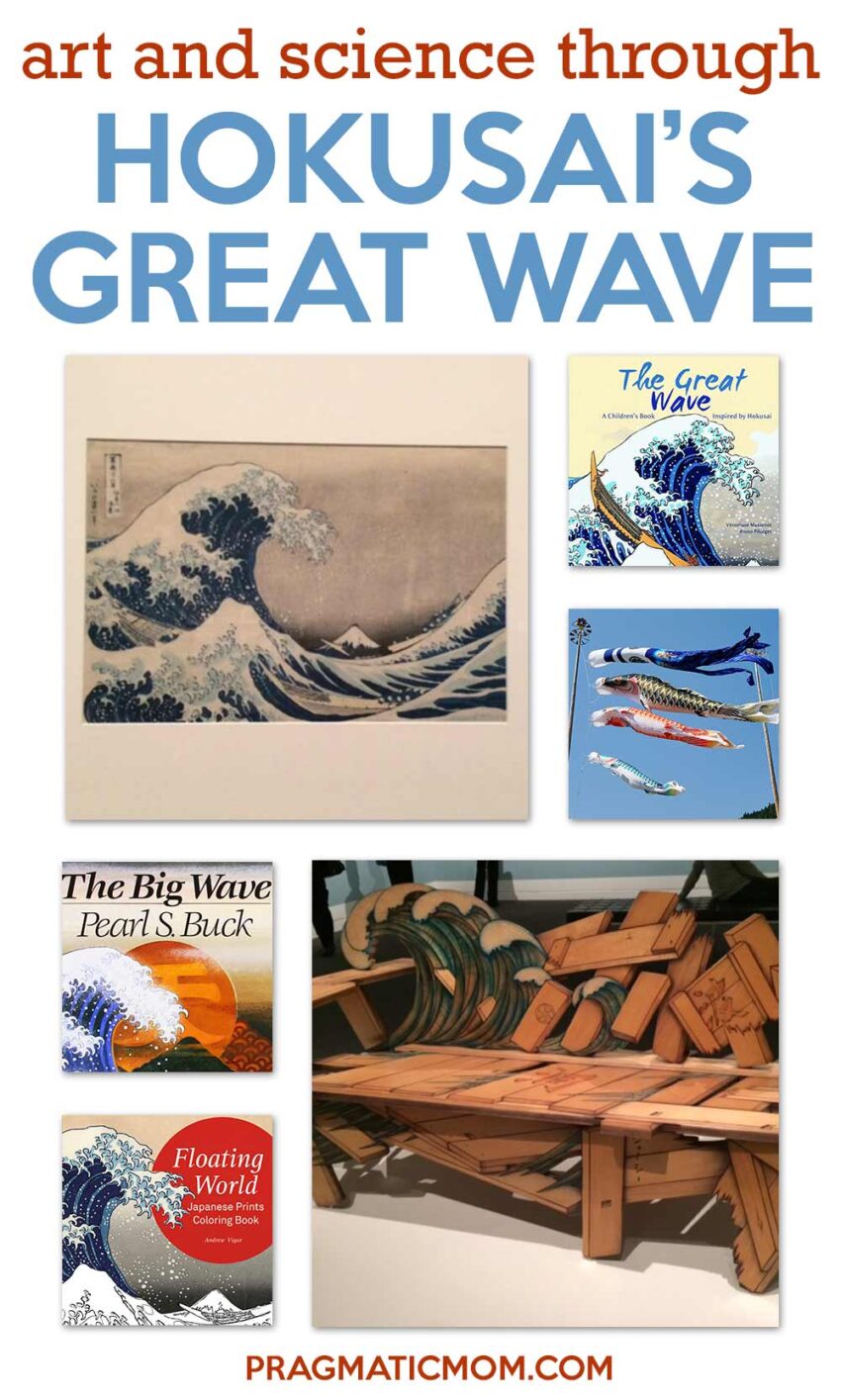
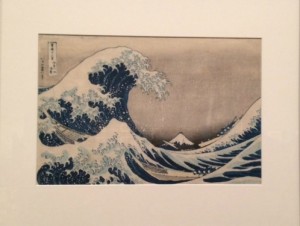
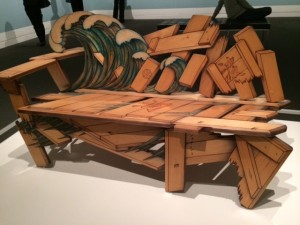


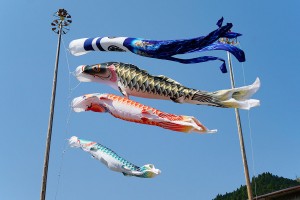


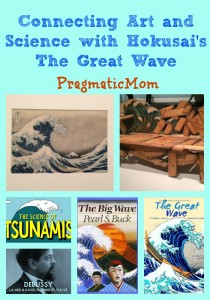
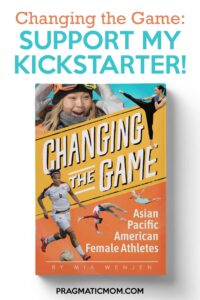
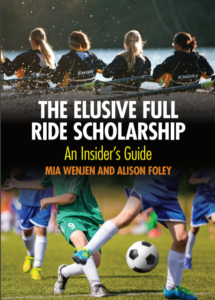

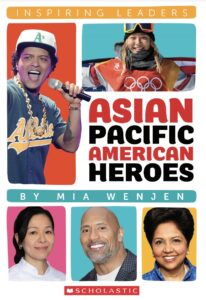

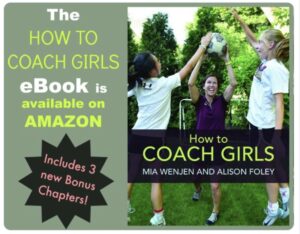


We were just looking at Hokusai’s Wave with my Cub scouts last week, in a session about Japan (the World Jamboree is in Japan this year)… Thanks for another great post.
Hi Marjorie,
Thanks so much for your kind words! I was so blown away by seeing Hokusai’s Wave at the museum. It was fun to research its influence. I had no idea that it inspired Debussey!
This is a beautiful piece of art. Tsunamis are terrifying, and a bit similar to the big earthquake that California is supposed to get one of these days. Japan, of course, also gets their share of earthquakes (which is of course part of Japan’s tsunami risk).
Hi MaryAnne,
Tsunamis are scary!! My middle daughter is scared of most natural disasters expect earthquakes, mostly because she’s never really experienced one. Big waves are scary too, even without being formed from earthquakes.
Great post! The information is really cool! 😀
Thanks so much Erik! I’m glad you are feeling better!
Can’t wait to start this series for our 3rd grader.. probably start the series this summer!
Hi Reshama,
My son’s friends started reading it very early at first grade which surprised me but we started in 2nd and 3rd grade too. I know a dad who read it to his kindergarten daughter! They both loved it and it didn’t give her nightmares which surprised me!